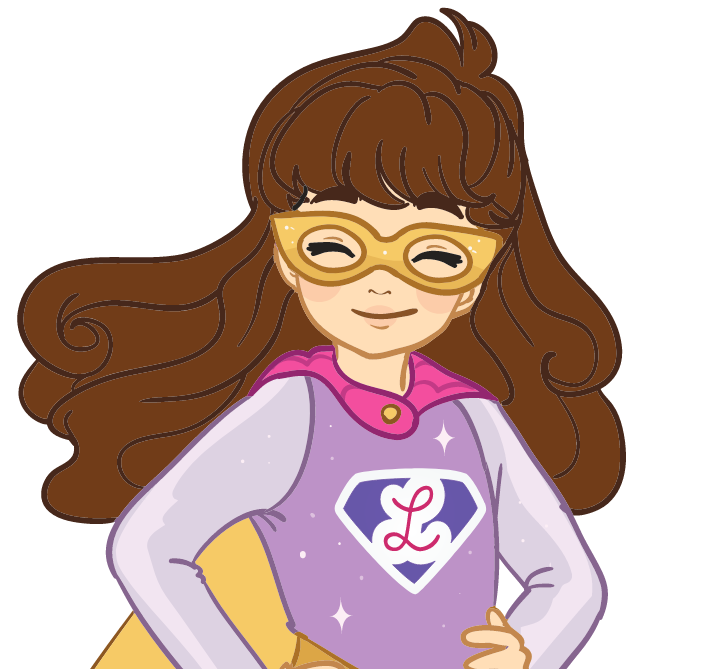Making paper airplanes is a quick and easy activity that almost anyone can enjoy. All you need is a piece of paper, a relatively open space, and your imagination! If you want to take to the skies but stay in the comfort of your own backyard, here’s how to make a paper airplane like the pros.
Acquire Materials
The best part about paper airplanes is that they’re designed to be made with whatever paper you have lying around. Different types of paper will produce different results, so experiment with various textures, weights, or brands.
Here are some examples:
-
Copy paper. Regular copy paper is probably the best paper airplane material because it’s consistent, folds easily, and is readily available.
-
Cardstock. This paper has a thicker consistency and your plane may come apart easily, so have some tape on hand for an easy fix.
-
Construction paper. Another excellent alternative, colorful construction paper is great for using in a backyard paper airplane tournament because you can easily identify which plane is which.
-
Origami paper. This thin paper is perfect for creating intricate folds that hold, but its square shape can make it a bit trickier to use.
The best paper for a paper airplane is nice and lightweight, smooth, easy to fold, and is available in a standard size. Scissors and tape can come in handy if you make a mistake, so it’s helpful to have some nearby.
Choose a Design
Now comes the fun part. There are thousands of paper airplane designs to choose from, and they can either be super simple or quite intricate. To make a basic paper airplane, follow these steps:
- Using a sheet of plain copy paper, fold it in half lengthwise (like a hotdog).
- Open it up vertically like a holiday card.
- Fold the upper corner down towards the center line. Repeat on the other side. This creates the nose of the plane.
- Close your plane back up and smooth down the edges.
- Fold down each side of the plane in the opposite direction as the previous fold. Line up the top and bottom edges so it’s smooth. This creates the wings.
- Secure with tape if necessary.
For a quick demonstration, you can try this YouTube tutorial. If you’ve mastered the basic airplane and want more elaborate designs, here’s a database of paper airplane designs with easy-to-follow instructions. Or, come up with your own special design yourself!
Decorate
Once your airplane is ready to fly, don’t forget to make it unique. You can color it with markers, crayons, or add glitter or other designs. Using flashy paper is a fun way to add some extra flair to your design. For a fun twist, try modeling your plane after a famous aircraft, like Amelia Earhart’s bright yellow Kinner Airster, “The Canary.”
Fly
Now to test the design. Take your plane to a wide-open area and let it fly! Challenge your friends and family to a paper airplane contest and see whose aircraft flies the furthest or hang the longest in the air. What do you notice about your plane? Do certain designs fly better than others? Does the weight of the paper seem to make a difference? Learn more about the science behind paper airplanes here.
Be Inspired
Even though the modern airplane was invented by the Wright brothers in 1903, the invention of the first paper airplane is up for debate. Some people think it was developed in China more than 2000 years ago, while others credit Leonardo da Vinci. According to the Smithsonian National Air and Space Museum, the first modern paper airplane was designed in the 1930s by Jack Northrop, a co-founder of the Lockheed aircraft corporation.
Every year, Red Bull hosts an international paper airplane competition and hosts hundreds of paper plane enthusiasts from 58 countries. More than 520,000 overall participants compete for the chance for their plane to reign supreme in the events of Longest Distance, Longest Airtime, and Aerobatics. Kateryna Ahafonova of Ukraine became the first female champion in Aerobatics in 2019.
For some real-life airplane enthusiasts, check out these inspiring women as well:
-
Bessie Coleman. Born in 1892, Bessie Coleman broke several barriers in the field of aeronautics in the 1920s. She was the first Black pilot, the first Indigenous American pilot with an international license, and was world-renowned as “Queen Bess, the World’s Greatest Woman Flier.” She died in a tragic plane accident in April 1926. However, when Mae Jemison became the first African-American woman to travel into space in 1992, she brought with her a photograph of Bessie, a true aeronautics pioneer.
-
Amelia Earhart. Amelia Earhart became the first person to fly solo across the Pacific Ocean in 1932. She also broke aviation records by becoming the first female pilot to break 14,000 feet, and she was part of the team that was the first to fly across the Atlantic ocean in 1928. Her plane was nicknamed “The Canary” because it was painted a unique bright yellow. Though she disappeared during her fateful flight in 1937, her legacy will always be remembered.
![]() Fast Shipping
Fast Shipping![]() Subscribe to our Newsletter
Subscribe to our Newsletter![]() 🌟 New Global Competition 🌟
🌟 New Global Competition 🌟











